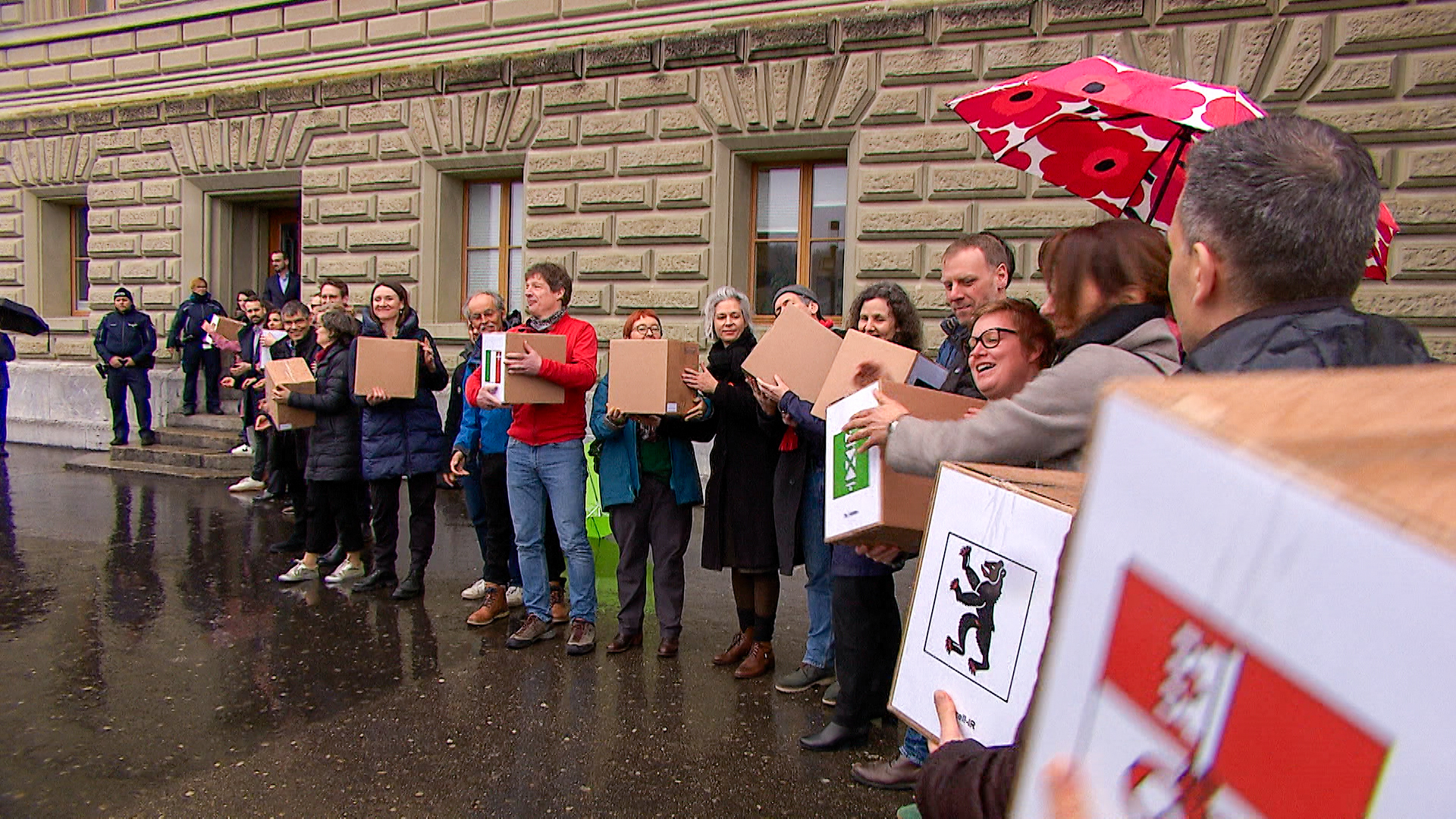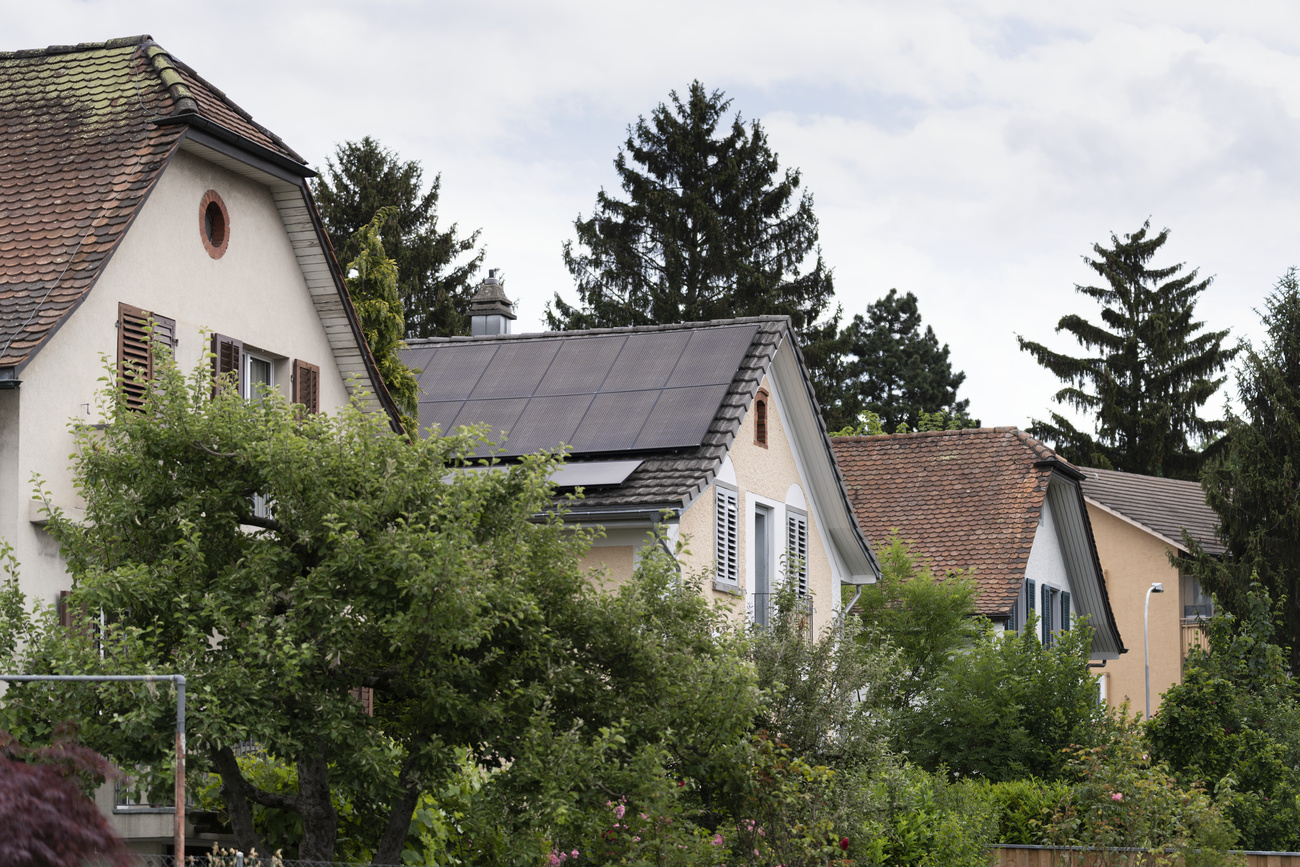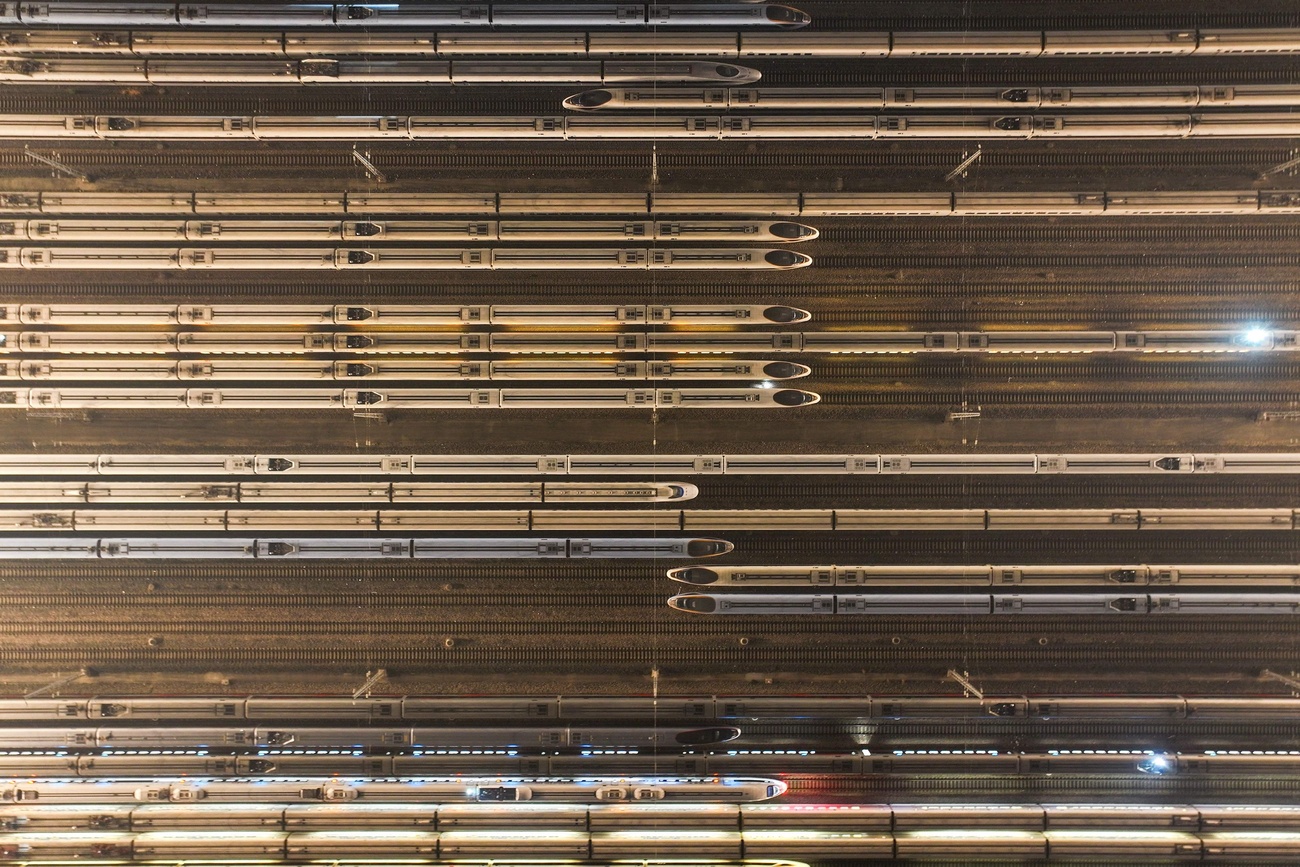
Ski lift accident raises safety questions

A chairlift accident in the Bernese Oberland which killed one person and seriously injured three could have major implications for the Swiss cable car branch.
The Federal Transport Office has warned that 400 cableways could have to take supplementary measures to ensure their safety.
Preliminary investigations indicate that the accident on the Fallboden lift in the Jungfrau area earlier this month was triggered by strong winds. A cable seems to have jumped off a guidewheel on one of the support towers.
It remains a puzzle why the secondary mechanism that should have stopped the car falling failed to work. The manufacturers, the experienced Garaventa firm, are investigating, but they do not expect a result for several months.
“It is very worrying that such a thing could happen,” Renate Schoch of the umbrella organisation Seilbahnen Schweiz told swissinfo, adding that the system used by the Fallboden lift was regarded as highly reliable. There has never been an accident on such a lift before.
“It is very important to discover the exact reasons, so that the relevant measures can be taken,” she said.
“Accidents with cable cars are very rare. Cable cars are regarded as extremely safe, when you take into account the number of people they carry each day,” she added.
Before Fallboden there had been no fatal accident for eight years.
Regulations
Stringent regulations are in force to ensure the safety of all means of transport in Switzerland. It is the responsibility of each operating company to ensure that its equipment complies with regulations and is adequately maintained, while the Transport Office bears overall responsibility for safety.
The cable car companies are quite happy with the regulations, Schoch said. “It is very important for them that they should be safe, and that they should have a good image. The cost is not the most important thing: safety is naturally the top priority in the branch.”
The Transport Office does not carry out investigations itself. This is done by the Investigation Bureau for Railways, Funicular and Boat Accidents, which also makes safety recommendations.
The accident report is not expected to be ready for several weeks, and it is only then that a decision will be taken about possible modifications to other similar lifts.
However, Gregor Saladin, spokesman for the Transport Office, told swissinfo that there was no question of halting the lifts in the meantime.
The currently existing safety equipment includes wind sensors: when the wind speed is too high, the lift will be stopped. But this cannot be done immediately, since riders have first to be brought to safety.
Pressure
Furthermore, as the operator of another lift in central Switzerland told Swiss television, staff come under pressure from users to keep the lifts going. People who have come a long way to ski for just a few days are annoyed if they are unable to access the slopes.
Meanwhile, cable car technology forges ahead. A new development, which could have helped avoid the recent accident, is a sensor to give earlier warning if a cable starts to slip out of the guidewheel.
Security measures certainly cannot afford to stand still as cable cars become faster and their passenger-carrying capacity increases. They are not confined to the mountains either, but are now being used more and more for urban public transport too.
swissinfo, Julia Slater
The term “cable car” is used for a number of forms of transport using cables to pull vehicles. The precise usage varies between British and US English.
In an aerial lift, closed gondolas or open chairs are hauled above ground by a cable.
A chairlift is a type of aerial lift, in which a continuously circulating steel cable loop is strung between two terminals, usually via intermediate towers.
The term “cable car” also refers to ground-based systems, where a cable under the road pulls the car.
A funicular is a pair of railway cars which alternately ascend and descend a slope, sharing a single surface cable.

In compliance with the JTI standards
More: SWI swissinfo.ch certified by the Journalism Trust Initiative






































You can find an overview of ongoing debates with our journalists here . Please join us!
If you want to start a conversation about a topic raised in this article or want to report factual errors, email us at english@swissinfo.ch.